Every year, Earth Day reminds us of the importance of preserving the health of our planet. In print communications, negative statements about paper and printing are common, but contrary to popular belief, the printing industry is one of the more environmentally friendly industries.
Printing is Environmentally Friendly
Contrary to popular belief, the printing industry is one of the more environmentally friendly industries. The industry’s continuous innovation keeps its carbon footprint small while providing high quality products — without sacrificing our beautiful planet.
Print technology is continuously improving its sustainability — reducing our industry’s environmental impact. Many new types of machinery have significantly improved energy efficiency and automated software is helping printers produce the same color quality with less ink, all while using inks that are eco-friendly.
And what many people don’t know is that printing contributes to a future where forests and the environment are valued, and technology is constantly evolving to reduce environmental impact and waste.
People often compare print to other forms of electronic communications. The fact is that all communication methods have their impacts and their benefits. In fact, according to OVO Energy, the total CO2 generated by emails globally is about 107 million metric tons of CO2 per year or the amount of CO2 produced annually by 23 million cars, according to the U.S Environmental Protection Agency (EPA).
At the end of their life cycle, computers and smartphones get recycled, so that the plastics, metals, and circuit-board elements can be preserved. But we rarely look at the ways these products are recycled and the impact they have on the environment and people.
Should we stop sending electronic communications? NO! But we should always remain aware of the impact that our media choices have… and act responsibly.
This 10-minute segment from CBS 60 Minutes follows electronic trash recycled for its valuable elements… at a high human and environmental cost.
Paper is a Sustainable Material
Printing uses lots of paper, and many people believe paper companies participate in deforestation, but it’s just the opposite. Papermakers don’t cut down forests, they manage them to ensure their health and well-being. By doing this, they are ensuring their own well-being, along with the rest of the world.
Trees are not cut down only to produce printed material.
In Quebec, paper is made from sawmill by-products and recycled fibres.
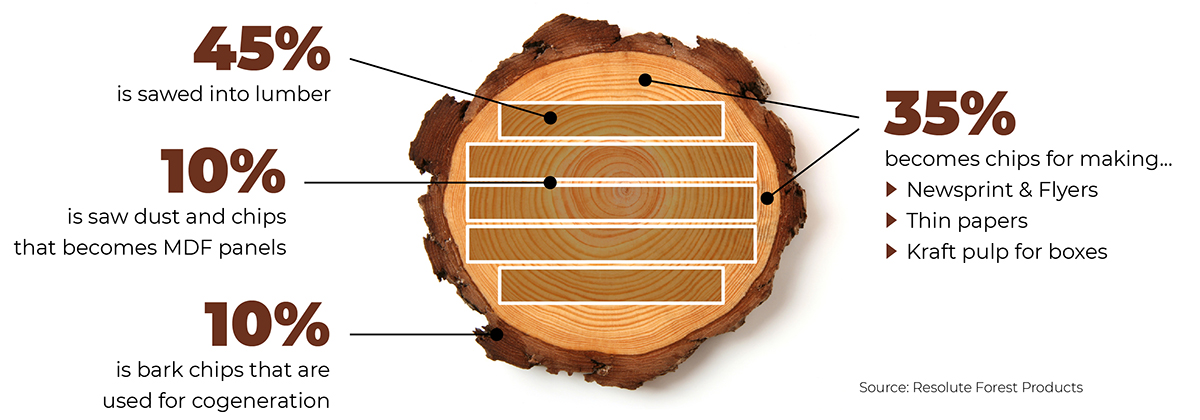
Trees are a renewable resource that sustainable forest management is continually replenishing. In fact, in the U.S. and Canada, significantly more wood is grown than is harvested, resulting in an increasing net forest area.
Good News!
The world’s protected forests have nearly doubled in size over the past thirty years.
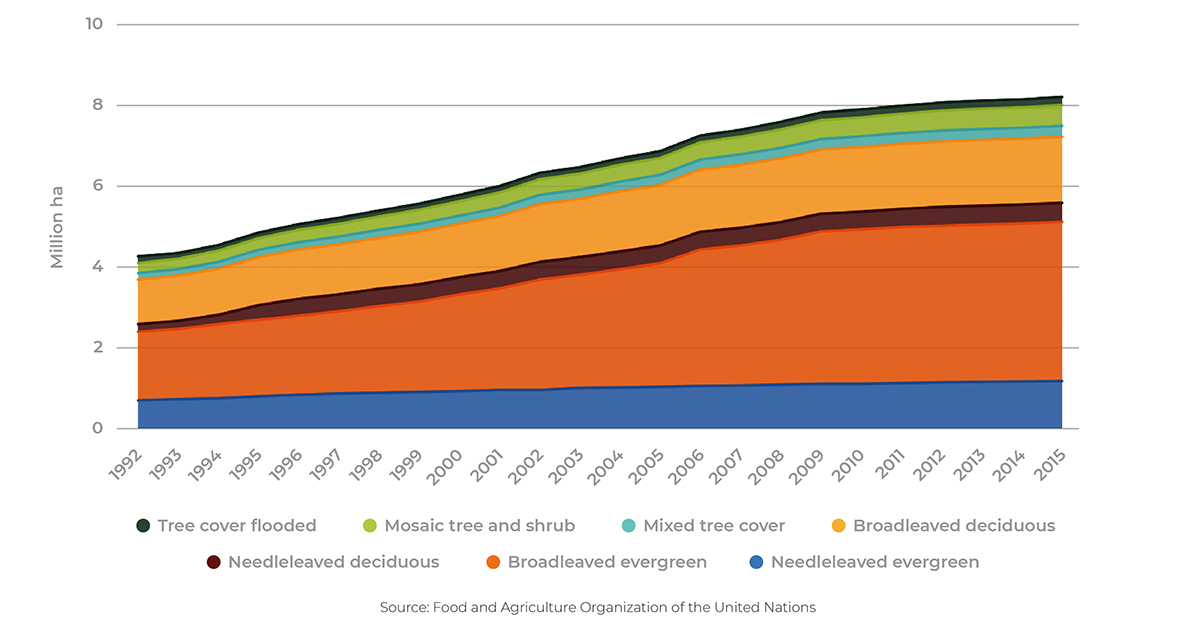
We Need a Greener World
Imagine a future where industries that improve our natural habitats are valued and rewarded.
✓ Where industries that expand forests are more profitable
✓ Where all raw materials can be recycled
✓ Where fuel efficiency is rewarded
✓ Where natural habitats and biodiversity are expanded
✓ Where we all work together to improve our earth
Recycled Paper vs Virgin Paper
Making recycled paper makes a big difference.
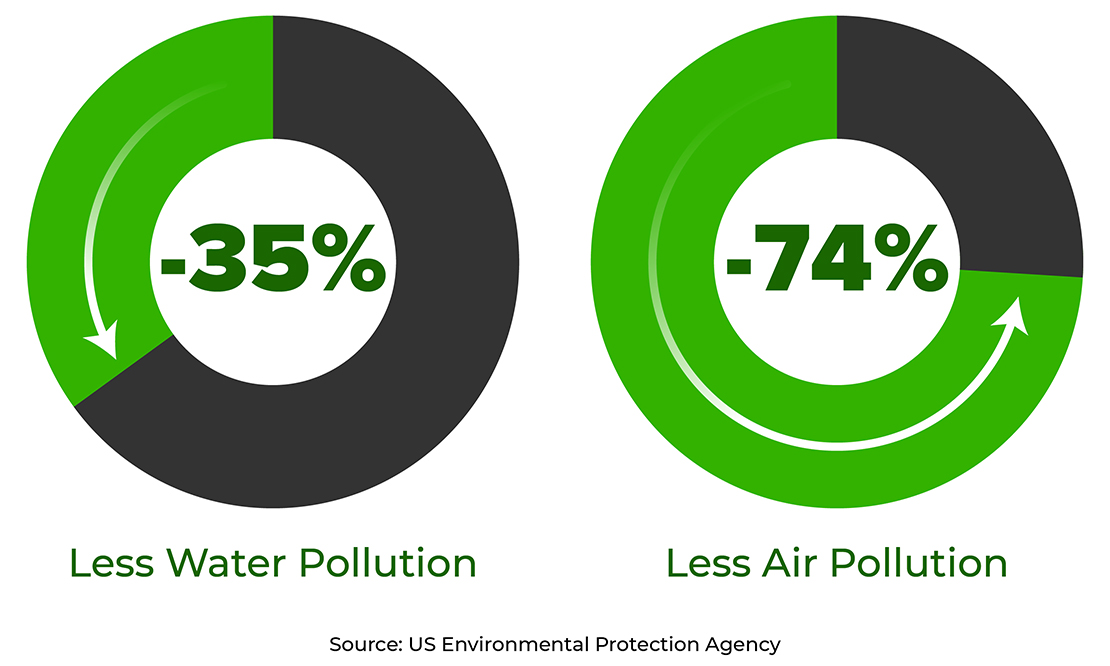
The paper that we use is also looking more and more ecologically positive. Paper can easily be recycled. In fact, it’s the most recycled commodity in North America. And that’s one reason why we offer products printed on a variety of recycled paper stocks. And with the advent of forest certification, third-party verification ensures they use sustainable management practices that promote the long-term vitality of the forests.
Maybe we should think of trees as a “crop” like vegetables, grains or cotton. They are established, tended and when they reach maturity, they are harvested. And of course, trees grow back, through natural reseeding and regeneration, largely without the use of chemicals that are applied to conventional food crops.

More Forests = Less Carbon
Which industries encourage reforestation and a healthier planet?
Farming / Meat / Poultry / Dairy |
No |
|
|
||
Mining / Minerals / Petroleum |
No |
|
|
||
Automotive / Transportation |
No |
|
|
||
Electronics / Technology |
No |
|
|
||
Paper / Printing / Publishing |
Yes |
|
|
||
Let’s all keep learning
Want to learn more? Download this booklet from Sappi, a global leader in forest management, to see how trees are used in making paper and the positive effects of careful forest management by papermakers.
Explore what HP is doing to improve environmental impact of digital printing systems.
And, most importantly, let’s all renew our commitment to improving the impact we have on the natural habitats of our world.
Our environmental commitment
Paragraph is firmly committed to reducing its environmental footprint by being responsible in the management of our daily operations and we promise to share news of the innovations, processes and technologies that we invest in and employ to sustain the earth.
Paragraph’s facilities are GRACoL®* certified , and our standards align with the best industry practices, in positive environmental impact and waste reduction.
In addition, we maintain partnerships with suppliers who share our vision. Together, we use products with FSC or similar certifications that contain recycled fiber and vegetable oil-based inks.

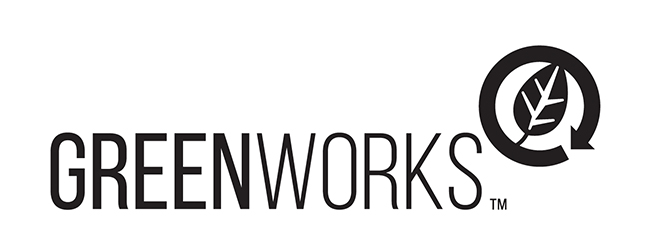

We Will Always Strive for Better
Here are just a few of the promises we can make to you and to our Earth as we continue to improve our environmental processes and policies:
- Our new HP 15k value pack press is carbon neutral, with very low VOC emissions.
- We employ a Chemical Management System to recycle solvents and reduce VOCs (volatile organic compounds). You can learn more about VOCs here.
- We are investigating the use of carbon free papers and will keep you updated here in future posts and in other channels as progress develops. The issues surrounding carbon and manufacturing are complex, and we make a promise to you that it is as important to us as it is to you.
Subscribe and stay connected
Subscribe to the Paragraph Insights Blog to ensure you don’t miss a single post. When you subscribe, you’ll also be approved to receive customer-exclusive content — like special reports and planning guides — all FREE of charge. Just click SUBSCRIBE and we’ll keep you updated.


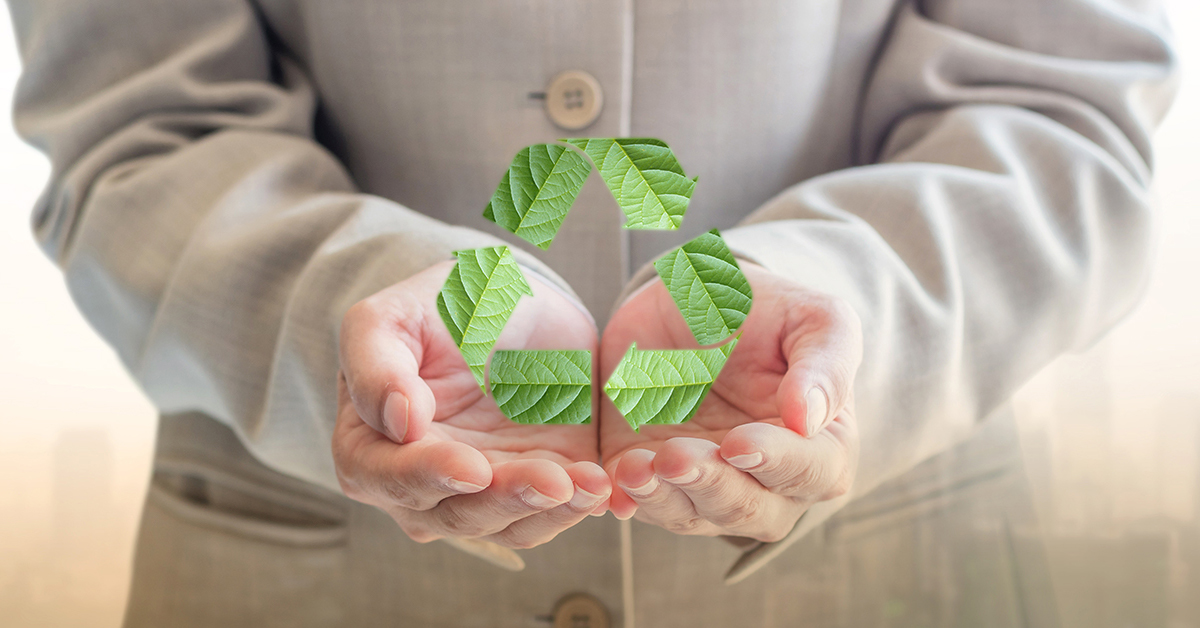
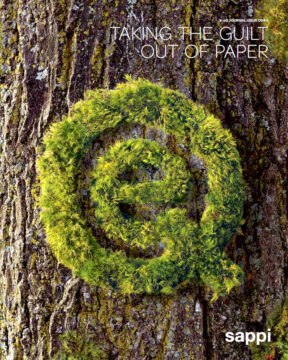
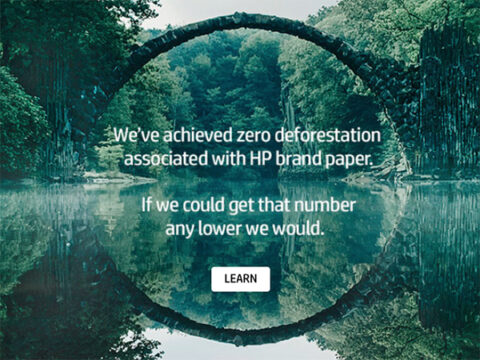
Latest comments